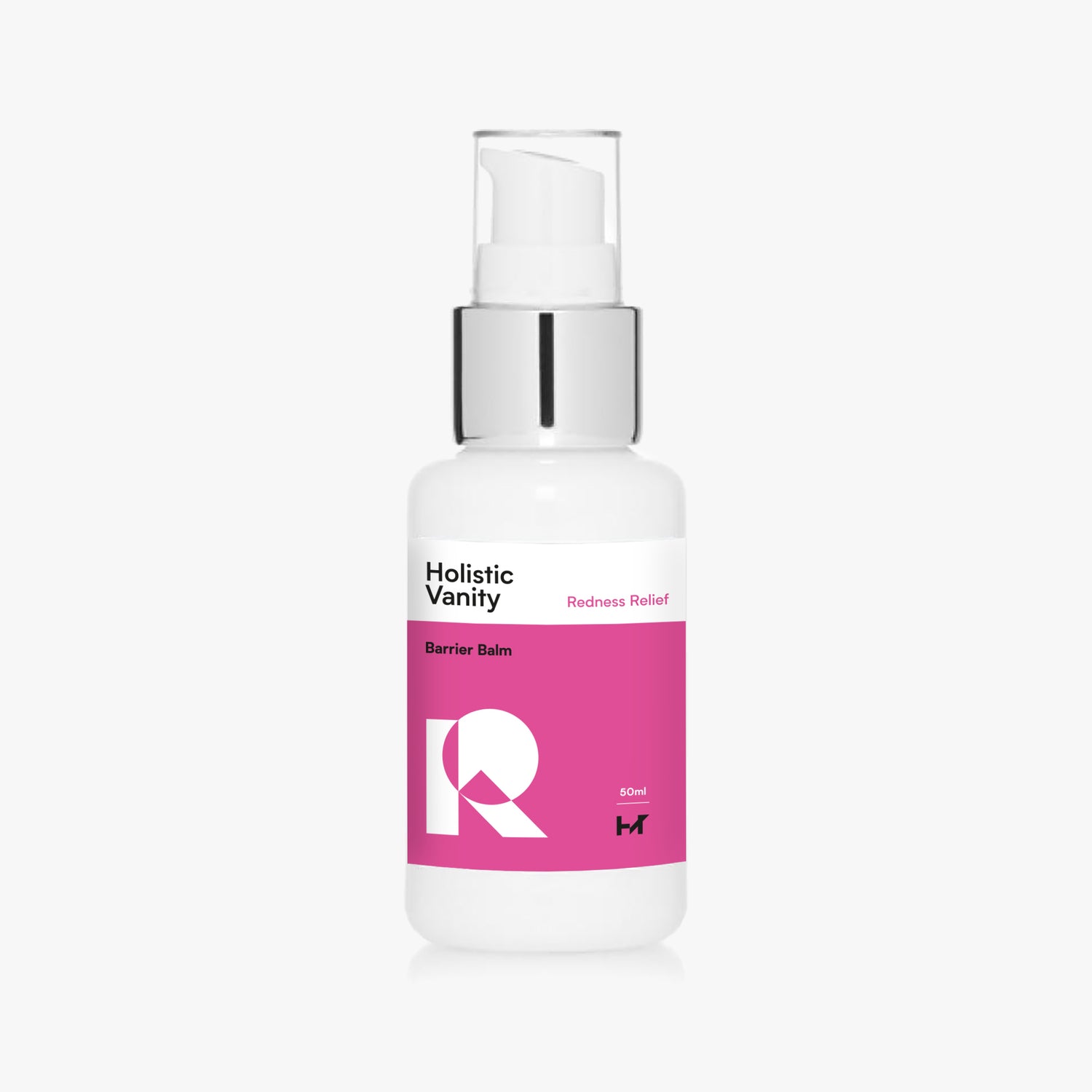We always get asked about exfoliation: how much, how little, how often, what types.
Peeling our skin is not something we can take lightly, we must make sure we are doing it properly and cautiously - and when we do, the reward is a renewed complexion which fends off our most pore-congested and dehydrated days.
Below are some of the most popular FAQ, and their answers reveal the art of exfoliation.
How many types of exfoliation are there?
The two main categories of exfoliation are: manual scrubs and chemical peels.
Sure, it can get more complicated but these are the major categories.
Manuals scrubs have a granular element to them which abrade the skin, sloughing off dead skin cells. It is a polishing of the skin which buffs away dryness and increases circulation for a more radiant, glowing complexion.
Chemical peels are not necessarily chemicals, but use a chemical reaction to peel the skin. I usually call them "non-physical peels" to avoid confusion. These can be sugar-cane derived glycolics, fruit enzyme AHAs, or corn-based lactic acids - what they have in common is that they are applied to the skin, in the form of a mask, a serum or a liquid, and they digest dead skin cells.
Chemical peels come in a variety of concentrations and pH levels, so some are very strong and can treat skin ailments such as pigmented spots and sun damage, while others are ideal for sensitive skin types because they are very gentle.
The most intense chemical peels are those performed by a skincare professional such as an esthetician or dermatologist.
These are usually done in a series and are aimed to treat specific skin ailments such as acne scars, fine lines and enlarged pores.
If I choose to do a professional peel, how do I choose?
Great question.
First we must make sure we are a good candidate to peel.
If prolonged redness is visible on the skin or if burning, stinging or discomfort is experienced- we would not recommend doing a professional peel. If this is not the case, there are a variety of peel options - each with their unique properties.
Here are some of our favs:
Fruit acid peels - Fruits acids are naturally occurring. You can sometimes even just use a specific fruit and spread on your skin (er...yum?). Because these are petro-chemical, they are easily absorbed, penetrating deeply to work their vivifying magic.
When using a formulated fruit acid, you have better control over the concentration and pH, so you know how strong what you're using is. And we are all about control.
Fruit acids help treat clogged pores, fine lines, pigmentation, scarring and flaky skin.
Lactic Acid Peels - Lactic acid can be derived from corn or dairy products. Lactic acid is found in the human body so many of us are familiar with it.
Lactic acid tends to be more gentle and safer than other popular peels like glycolic acid. This will depend on the individual pH and concentration of each formulation but, when comparing like-for-like, this is what we've found. It is an excellent option for Professional treatments as well as for at-home use (in a milder concentration). Lactic acid is an anti-bacterial.
AFA peels - AFA peels are amino acid peels. Peels derived from these proteins are also antioxidants and excellent for anti-aging.
AFA peels also contain a UV-inhibitor within them so the skin does not become as photosensitive. AFA clay peels effectively treat acne and dry up wet blemishes. AFA peels also tend to be less painful than glycolic acid at the same concentration - this makes them great for pigmented spots as clients can endure higher concentrations without as much discomfort.
This is ideal for 'fraidy cats like us.
What other care do we need when peeling?
We definitely need to wear sunblock. Obviously, we are partial to mineral sun blocks because they are all-day physical blocks rather than a chemical sunscreens, which contain UV-neutralizers that go inactive every few hours.
Also, we should ensure we really moisturize and replenish after peeling. When we strip the skin of a layer of dead skin cells, new skin cells are pushed to the surface and they very easily become dehydrated without a barrier of moisture.
After we perform microdermabrasion or peeling, we insist all clients (including the acne-prone) wear a heavy cream. Without this, peeling is counter-productive.
How often should we exfoliate at home?
This will depend on the type of peel being used and your skin type. Not a very satisfying answer, so let's clarify. These are some generalizations but you can get a skin evaluation for specifics.
For sensitive skin types, we would recommend using a scrub no more than twice a week.
Sometimes, when the skin is very sensitive, we recommend applying the manual scrub and rinsing it off without actually doing any circles/ scrubbing motions. If done in this way, sensitive skin types can actually exfoliate everyday because this is so gentle.
Keep in mind, I am only referring to natural skincare - usually these scrubs will be made out of ground nuts and almonds, oats and tahini and/or wax jojoba beads, so the ingredients themselves are highly beneficial for the skin. This daily treatment will help heal the skin and pull out surface impurities.
Note: all sensitive skin should stay away from scrubs using sugar or salt as their exfoliating agent. These are too harsh despite being natural ingredients.
If the skin is not sensitive, we can exfoliate 3 times a week to everyday depending on how dull and depleted the skin is.
If we aren't using a manual scrub and are using a low percentage chemical peel (such as 5% lactic acid), this skin type can even peel every night (not in the summertime).
We usually say that a client should start off with every other day, then increase to everyday if the skin feels good after a couple of weeks. Sensitive skin types should probably limit this type of usage to 3 times per week to every other day.
Though keep in mind, if we do peel more than three times per week with a chemical peel, this should be done temporarily and only because we are trying to treat a beauty ailment such as pigmented lesions.
We do not advocate over-peeling.
But alas, only deeper peeling will truly fade hyperpigmented spots or scars - so once enough fading has occurred, exfoliation should be decreased.
Image by Vika Aleksandrova via Unsplash


